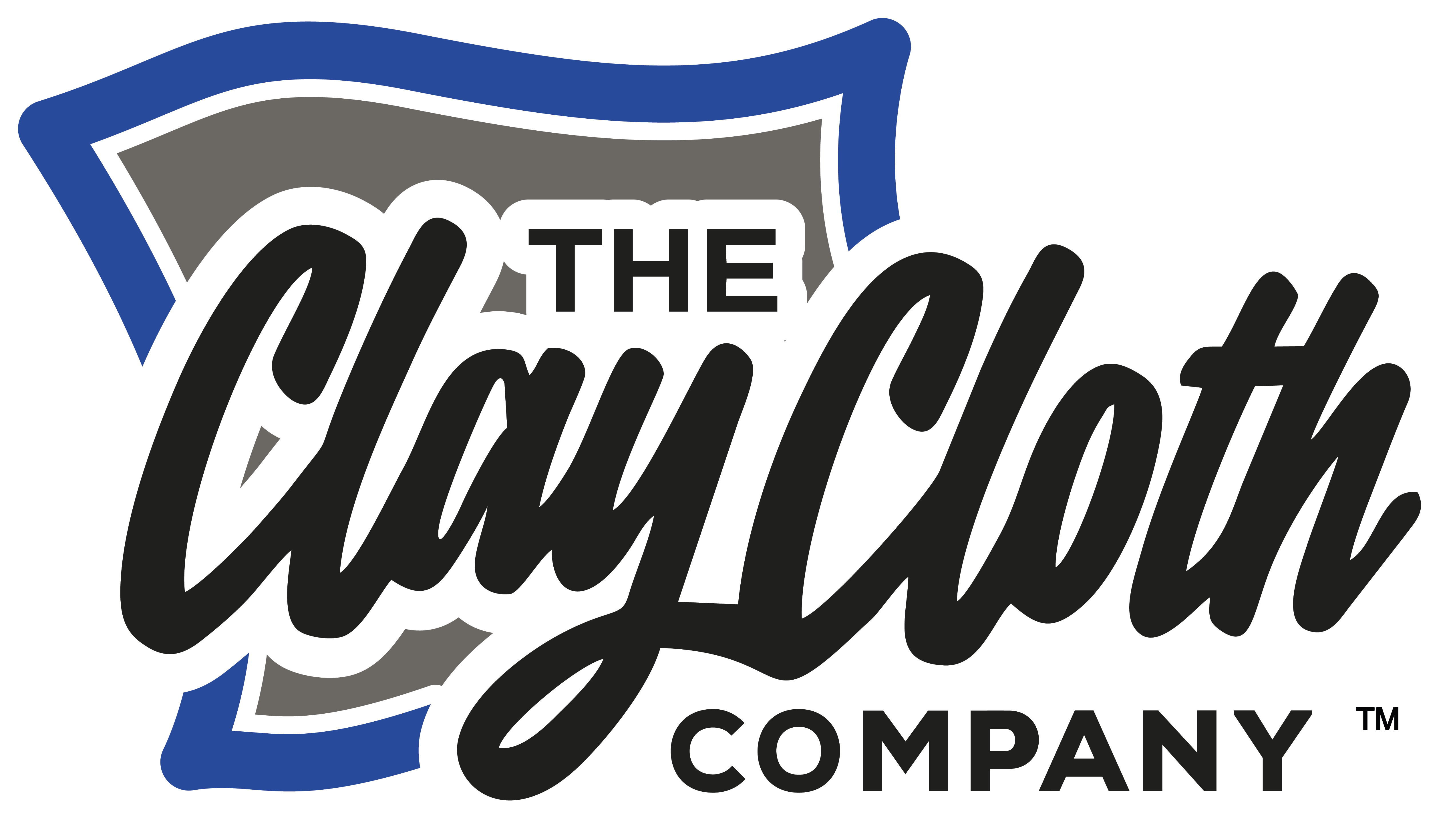What is Nanotechnology?
Like many other industries the car care market is always looking for that next breakthrough product that will provide a “better shine”, “more effective scratch removal” or “the best beading you have ever seen”. The adoption of “Nano Technology” appears to be one of those band wagons that many manufacturers are now jumping on-board.
But what is Nanotech as it is more commonly called, how does it work and what, if any, are the benefits to you?
The wikipedia definition of Nanotech is: “the study of the controlling of matter on an atomic and molecular scale.” In other words developing materials whose basic structure is made of particles measuring between 1 and 100 billionth of a meter in at least one dimension.
Nanotechnology is defined as the study and use of structures between 1 nanometer and 100 nanometers in size. To give you an idea of how small that is, it would take eight hundred, 100 nanometer particles side by side to match the width of a human hair!
How does it work?

How it works will depend on the type of product, i.e whether a car wax or a scratch remover. The general principle for car wax, sealants and polishes is that the nano particles are much smaller than the average product particles and can therefore get deeper into the surface of the paintwork and provide a more even and smoother barrier to harmful particles that may otherwise attack or bond to the paint. This is best illustrated in the diagram above (courtesy of Eagle One):
The benefits of the product being formed of smaller particles are numerous:
- The smoother surface relects light more evenly and therefore removes the visibility of swirl marks
- The tighter packed particles provide a better more protective barrier i.e less gaps for anything else to penetrate
- The smaller particles adhere better to the surface and will potentially stay on the surface longer
- Reduction of smears and white residues
- In car scratch removers the smaller particles work more effectively and vast reduce chances of finer scratches being produced during polishing process.
- In rain repellents the particles can bond deeper into the glass and provide a tougher longer lasting protection.
So what of the future of Nano Technology in automotive and marine care? It is undoubted that we will see many more products come to the market in areas such as leather care and protection, fine metal polishes, wheel protection as well as the continued development of paint surface preparation and protection. The future is bright – but is the future Nano?
